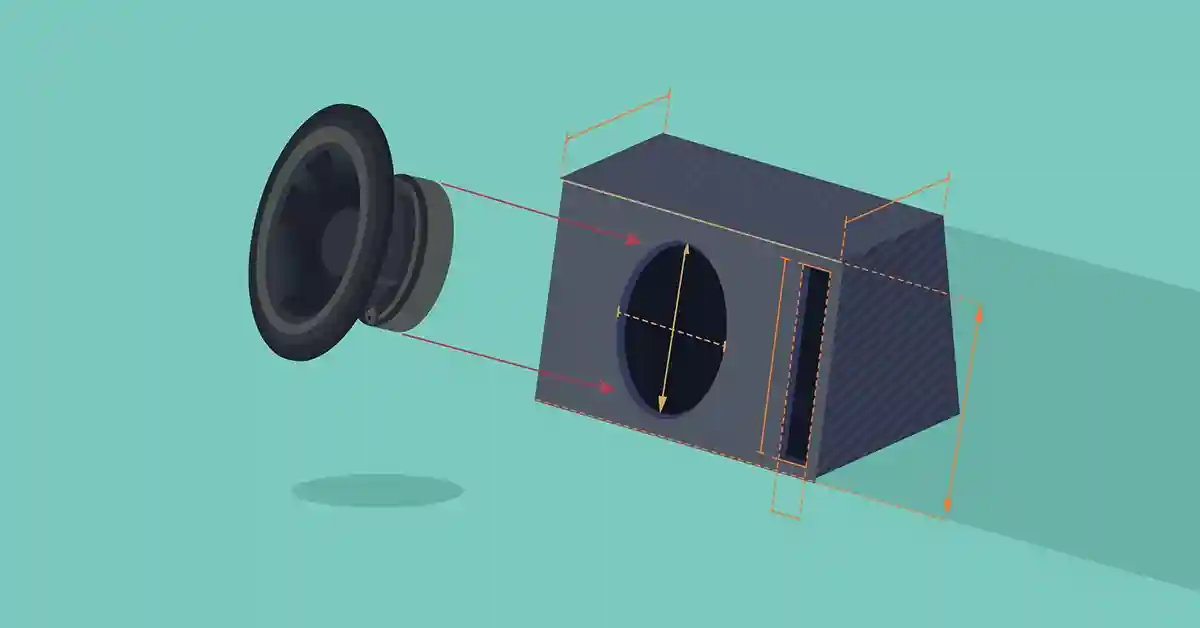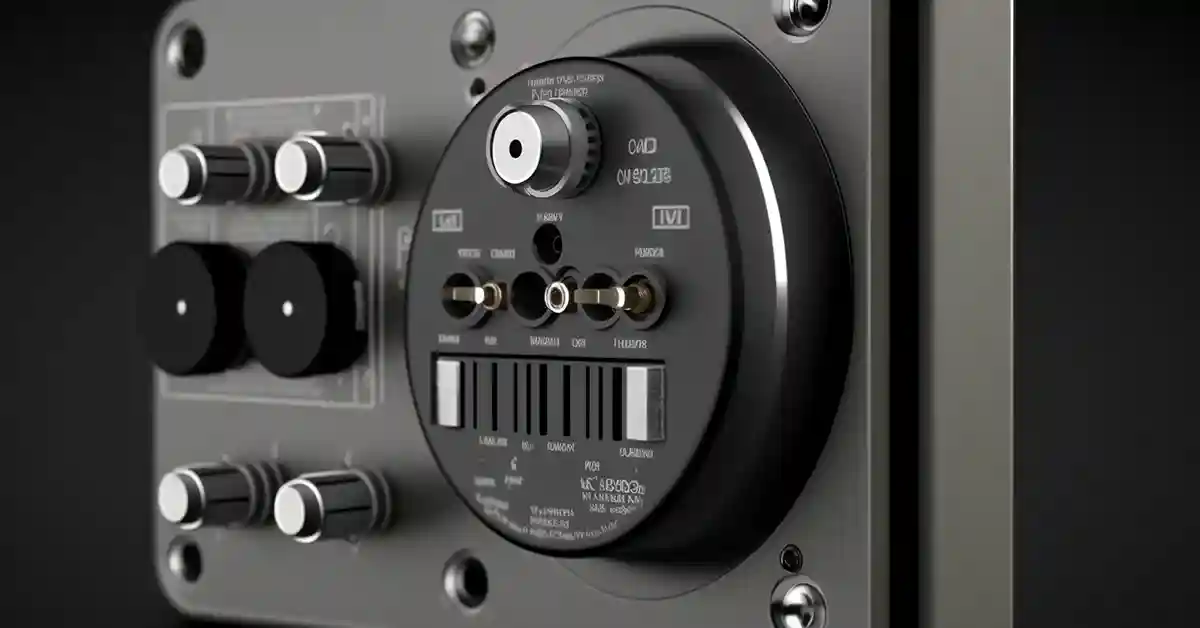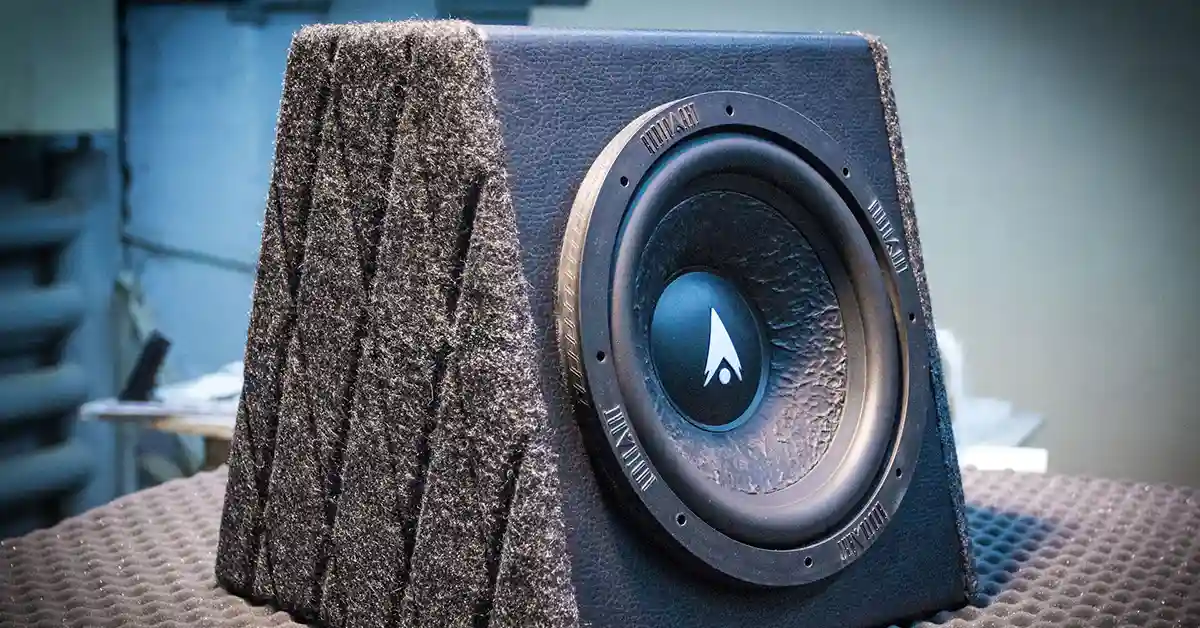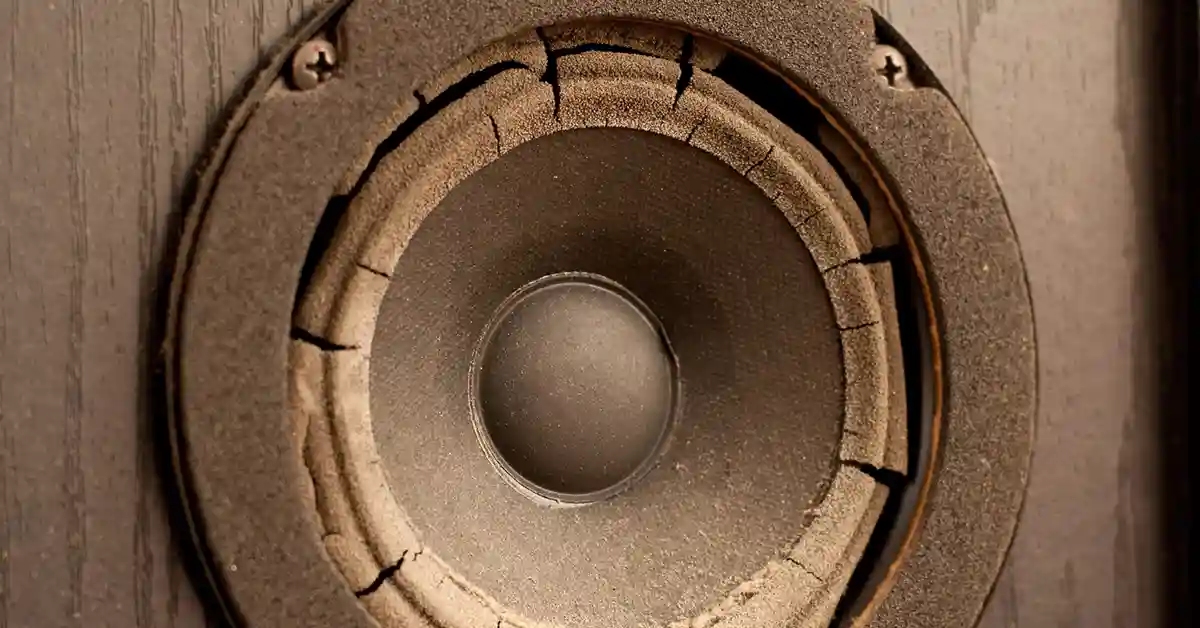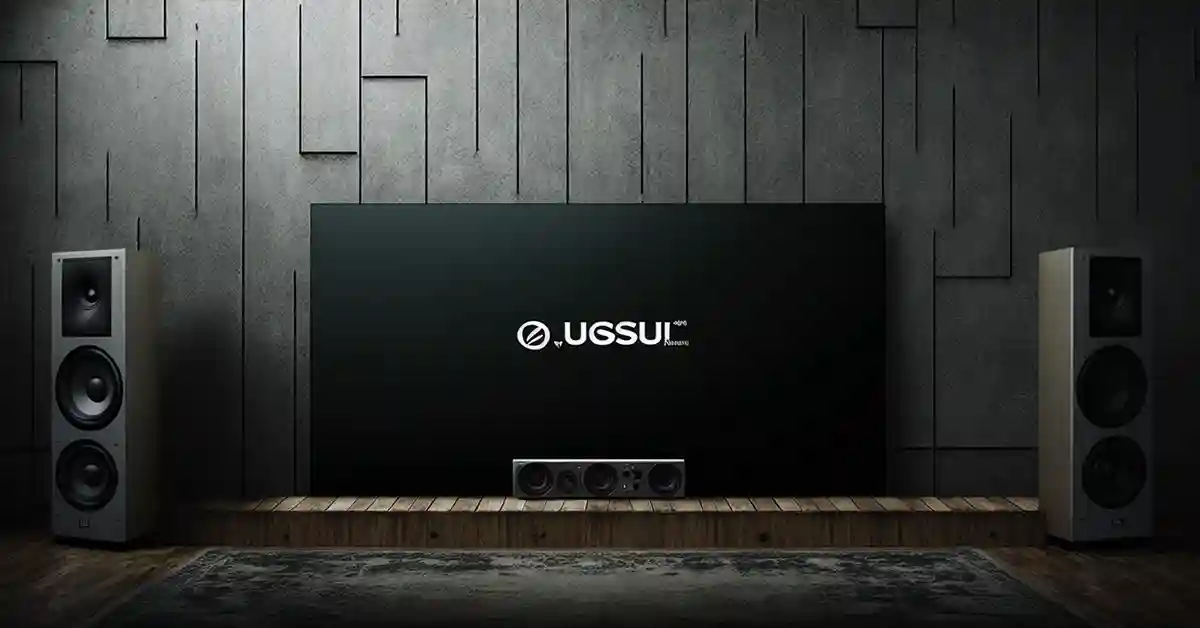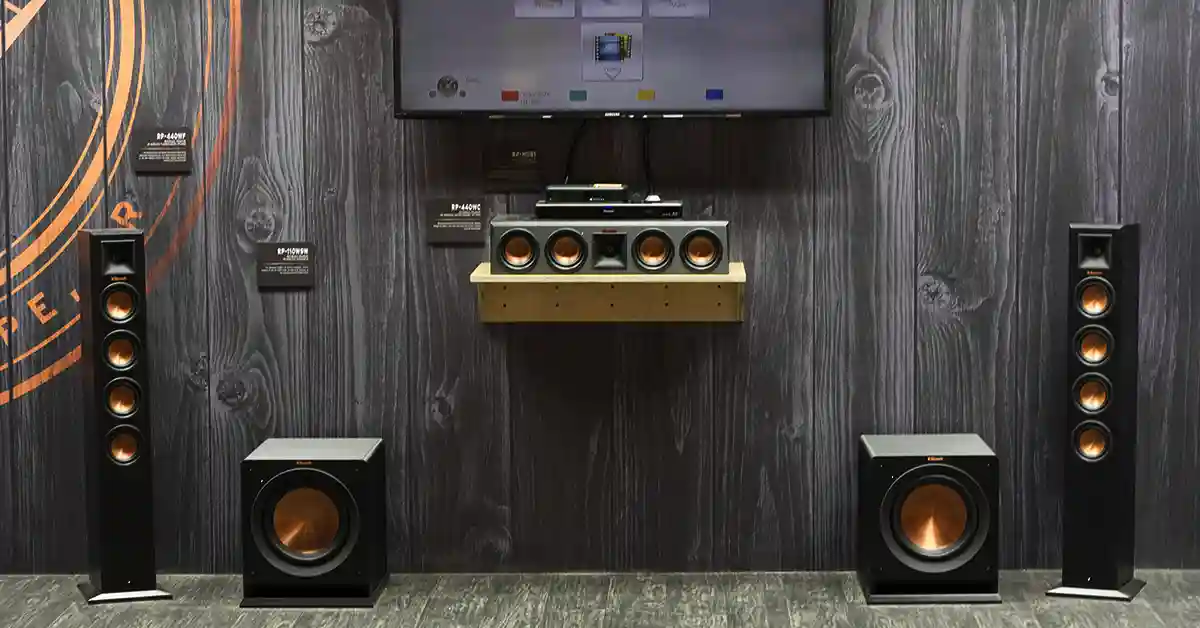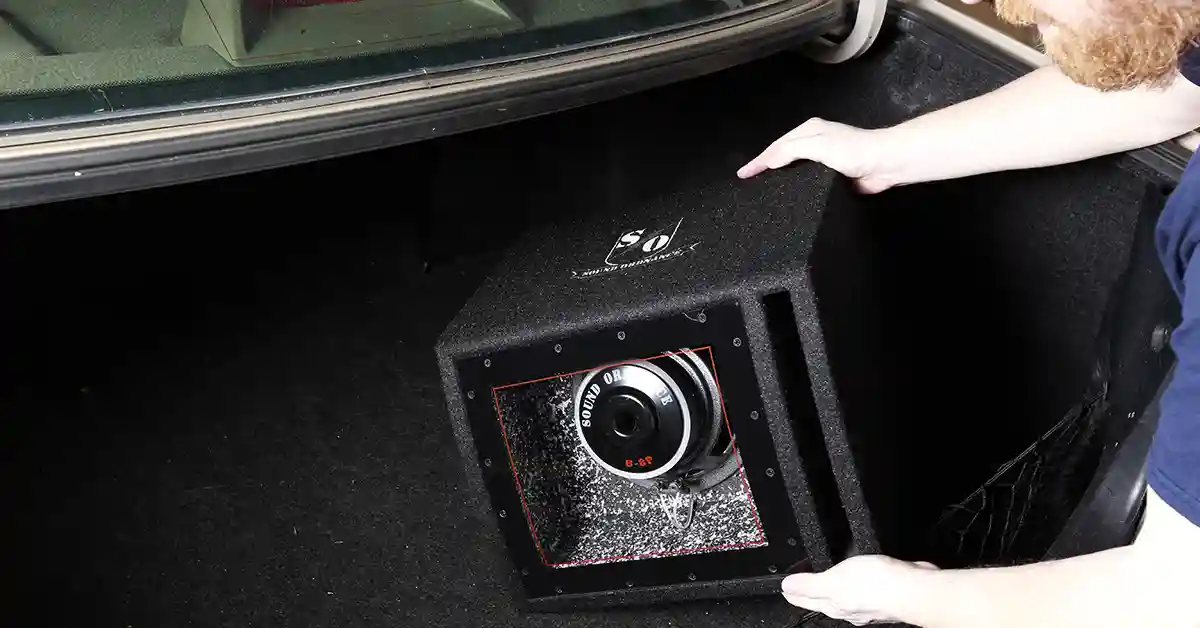Connect Subwoofer To Receiver Without Subwoofer Output
First of all, let's define the problem. You have a subwoofer that you want to connect to your receiver, but there is no subwoofer output on the receiver. This can be a bit of a challenge, but it's not impossible. This article will walk you through the steps necessary to make the connection and get your system sounding great.
We'll start by discussing some of the basics of subwoofer connections. Then, we'll show you how to use an RCA cable to connect your subwoofer to your receiver. Finally, we'll provide a few tips for getting the best sound quality from your setup. Let's get started!
Home Stereo Subwoofers Explained
A subwoofer is a loudspeaker that reproduces low-pitched audio frequencies, typically between 20 hertz (Hz) and 200 Hz. The goal of a home stereo subwoofer is to enhance the low-frequency effects of a stereo system and create a more powerful overall sound channel. Many subwoofers are powered, which means they have their own amplifier built-in, which allows them to reproduce low frequencies with more accuracy and power than non-powered subwoofers.
There are two main types of home stereo subwoofers: active and passive. An active subwoofer will have an amplifier built-in, while passive (non-powered) subwoofers need an external power source. If you're thinking about how to connect a passive subwoofer to a receiver without subwoofer output, you'll need a separate source to do so. The active type of subwoofer is more convenient because you don’t need additional audio systems or any other piece of equipment to enjoy a surround-sound system.
Both types can improve the low-frequency response of your home stereo and make its sound path amazing!
How does A Subwoofer Produce Bass?
A subwoofer produces bass by moving air. It uses a diaphragm that pulses to push air out of the speaker cone. The type of material used for the diaphragm, as well as the size and shape of the cone, all affect how low a note the subwoofer can produce. The larger and heavier the cone, the lower the crossover frequency it can reproduce.
Subwoofers are designed to reproduce frequencies below what most humans can hear, i.e., 20 Hz. Since humans begin to feel rather than hear bass frequencies starting around 50 Hz, subwoofers follow the 20 Hz range.
How Do I Connect My Subwoofer To My Receiver Without an RCA Cable?
If you're looking to add a subwoofer to your home theater system but don't have any RCA connections available, there are still a few options available to you. The most common method is to use a special adapter to convert the speaker wire connections on your receiver into RCA plugs.
You can find these adapters at most electronics stores, and they're relatively easy to install. There are a few different types of adapters that you can use, depending on the type of equipment that you have.
- If you have a standard stereo RCA receiver, you can use a Y-adapter to split the channel audio signal from the receiver's left and right speaker level outputs. Connect one end of the Y-adapter to the left and right sound audio outputs on the back of the receiver. Then, connect each of the two remaining adapter ends to a speaker wire coming from the subwoofer.
- Another option is to use a special subwoofer cable with two (positive and negative) sets instead of the traditional single set of wires. These cables are sometimes called "Speaker Level" or "Line Level" cables, and they typically have two sets of banana plugs or binding posts on each end.
- If your stereo receiver has preamp speaker level outputs, you can connect your subwoofer with a dual monoblock amplifier. You can also purchase a receiver with a built-in subwoofer output jack while wiring your subwoofer to a receiver.
Whichever method you choose, consult your owner's manuals for specific instructions on making the connections and balancing the speaker level input.
Connecting A Passive Subwoofer With An External Amplifier
There are a few different ways that you can connect a passive subwoofer to an external amplifier, but the easiest method is usually to use a subwoofer cable. This is a special type of cable that has one male RCA connector on one end and two female RCA inputs on the other end.
To connect the subwoofer to the amplifier, you will need to do the following:
- Connect the male RCA connector on the subwoofer cable to the subwoofer dedicated output jack on the back of the amplifier.
- Connect one of the female RCA connectors on the subwoofer cable to each of the L and R input jacks on the back of the amplifier.
These easy steps will help you connect a passive subwoofer with the external amplifier and experience its superb sound quality levels.
Connecting A Subwoofer To A Receiver With Speaker Wire
If you're curious about how to hook up a powered subwoofer to a receiver, know that you'll need to have the proper connections and cabling for this task.
Also, here are a few things you need to know to connect a subwoofer to a receiver with a speaker wire:
- First, you'll need to identify the type of high-level input on your subwoofer. It will likely be either a single RCA input or a speaker-level input.
- Next, you'll need to identify the type of output on your receiver channels. It will likely be either an RCA output or a Speakon output.
- Finally, you'll need to determine the impedance of your subwoofer and match it with the impedance of your receiver. Most subs have an impedance of either 4 or 8 ohms, while receivers usually have an impedance of 8 ohms.
Once you've identified all this information, it's easy to connect your subwoofer to a receiver with the speaker terminals.
How Do You Hook Up A Subwoofer To An Older Receiver?
Without getting too technical, the quickest way to connect a subwoofer to an older receiver is by using what's called a "line-level converter." This device takes the low-level signal from your receiver and amplifies it so that your subwoofer can use it.
There are a few different ways to connect a subwoofer to a receiver without subwoofer output, but the most common is to run a line from your receiver's pre-out input jack ( usually labeled "sub-out" or something similar) into the line-level converter. From there, you'll run another cable from the converter's output into your subwoofer's input cable.
Summing Up
Here's a quick sum-up of this guide for you:
There are a few ways to connect a subwoofer to a receiver without a subwoofer output.
- One way is to use the "Pre-Out" feature on the receiver. This will allow you to send low-frequency effects to the subwoofer, which can then amplify it.
- Another way is to use an RCA Y adapter, which will split the signal between the left and right speakers. You can do this with either line-level or speaker-level inputs.
- Finally, you can use an external amplifier to power the subwoofer. This is the most expensive option, but it will give you the best sound quality.
Whichever method you choose, ensure that you set the crossover frequency properly so that the subwoofer reproduces only the low frequencies.
FAQs
Can you hook up a subwoofer without a subwoofer output?
Yes, you can! A subwoofer output is not necessary to connect a subwoofer to your sound system. You can use the RCA outputs instead.
Some subwoofers come with a cable with two RCA inputs on one end and one plug on the other end. This is called an R2C2 cable. If your subwoofer doesn't come with this kind of cable, you can buy one at any electronics store. Simply connect one end of the cable to the subwoofer output or low-pass filter port on your receiver or amplifier, and connect the other end of the cable to the subwoofer input port on your subwoofer.
Why don't some receivers have a subwoofer output?
Some receivers don't have a subwoofer output because the manufacturer assumes that not everyone who buys the receiver will want to use a subwoofer. Older AV receivers have a built-in subwoofer, which is why they don't have an output for an external subwoofer. Others don't include a subwoofer, so they obviously won't have an output for one. Still, others may include an output for a subwoofer, but only if you purchase an optional extra.
Can you connect a subwoofer to a receiver without a preamp?
Yes, you can connect a subwoofer to a receiver without a preamp. The way it would work is that the receiver would need to have an audio output specifically designated for connecting to a subwoofer. This speaker output type is usually labeled as "subwoofer out" or "LFE out." If your receiver doesn't have this type of output, you can't connect a subwoofer to it.
If your receiver does have this type of output, then all you would need to do is connect the subwoofer's cable (usually an RCA cable) to the "subwoofer out" or "LFE out" input jack on the back of the receiver.
How do I connect my LFE subwoofer to my Receiver?
To connect a subwoofer to a receiver, you will need to use an RCA cable. One end of the RCA cable will plug into the subwoofer output on the back of the receiver, and the other end will plug into the "subwoofer" input on the back of the subwoofer.
If your subwoofer has an internal amplifier, make sure to set the receiver's "Low Pass Filter" setting to "Off" or "60 Hz", depending on what your subwoofer's manual recommends. If your subwoofer doesn't have a built-in amplifier, leave the LFE input setting on "Off."
Related Articles

